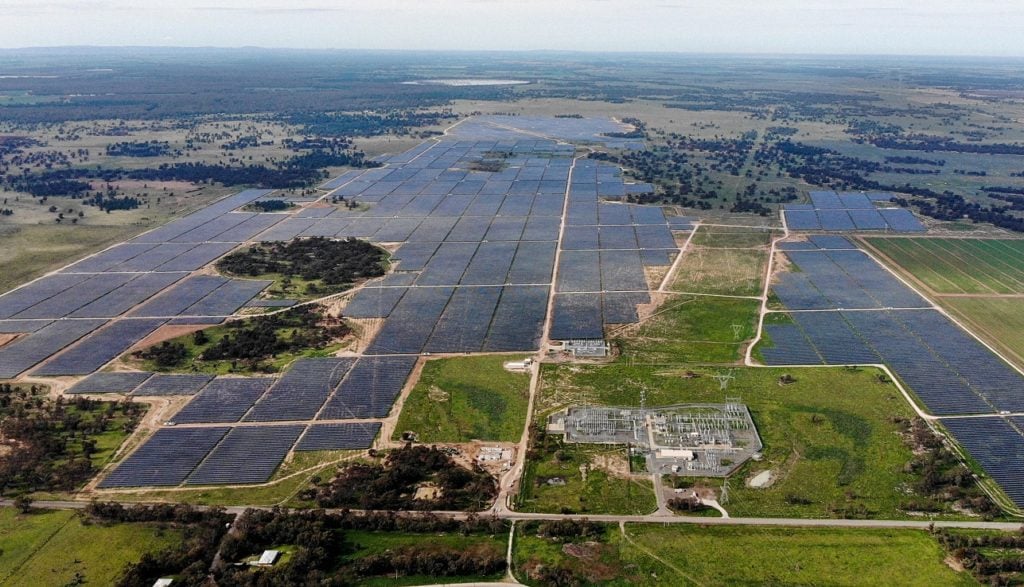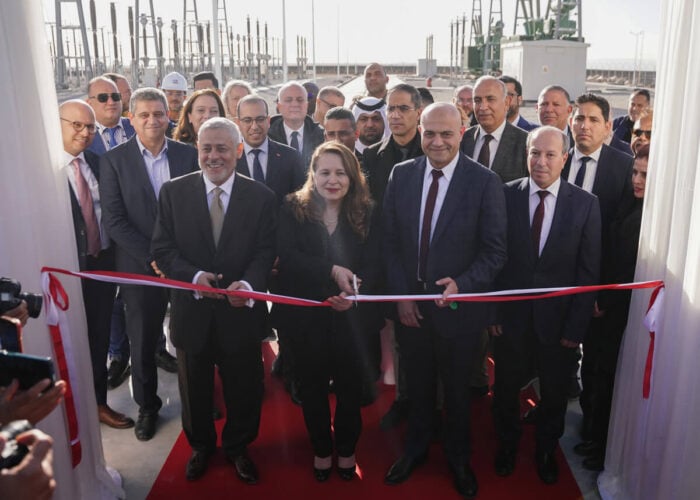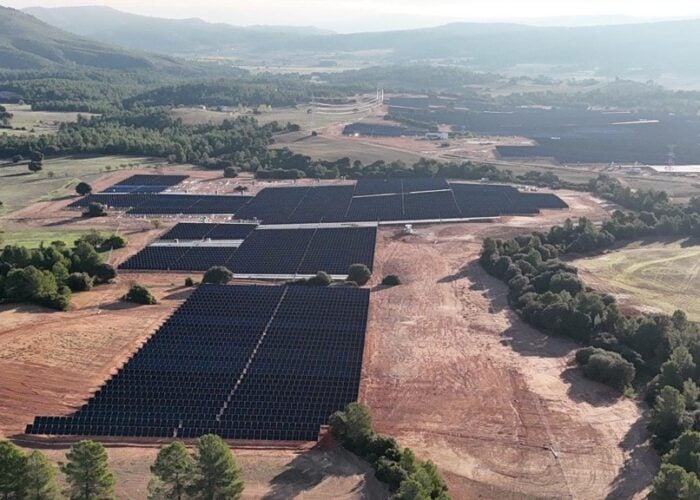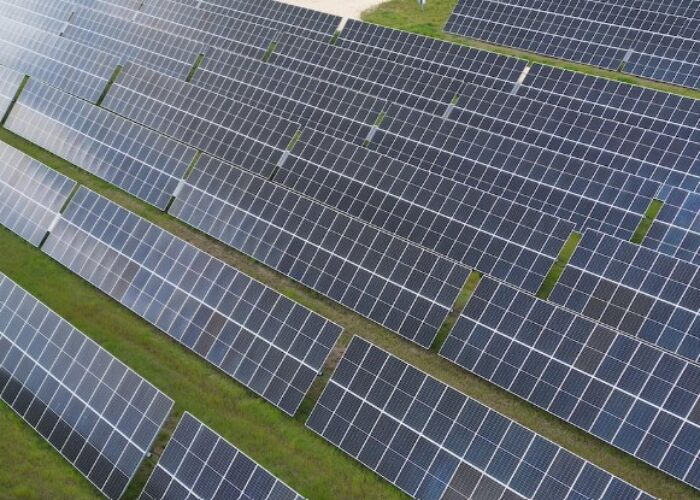
Australia will need 1.9TW of solar PV in order to reach net zero by 2050, according to a new report entitled Net Zero Australia by the universities of Melbourne, Queensland and Princeton.
The acceleration will be most notable in the next decade, when solar PV installed capacity will need to reach 654GW by 2040, a huge increase on the 98GW needed by 2030.
Try Premium for just $1
- Full premium access for the first month at only $1
- Converts to an annual rate after 30 days unless cancelled
- Cancel anytime during the trial period
Premium Benefits
- Expert industry analysis and interviews
- Digital access to PV Tech Power journal
- Exclusive event discounts
Or get the full Premium subscription right away
Or continue reading this article for free
The 1.9TW of solar PV capacity in 2050 will primarily be driven by export opportunities, and will increase electricity generation eight to 15 times current levels, the report noted, adding that “Australia has the resources to build a new clean export industry as coal and gas exports decline”.
Large-scale solar PV plants will support the power exports and will be complemented with energy storage, while new transmission lines will be needed to ship power to where it is needed most in the vast country that is Australia.
One such project is being developed by Sun Cable, which has aims to export up to 20GW of solar generation from Australia to Singapore, with construction on the project scheduled to start in 2024 and be fully operational by 2029.
Moreover, regions such as Western Australia, the Northern Territory and Queensland will be the focus for most of the solar PV additions. Solar PV will also do much of the heavy lifting when it comes to Australia’s transition to net zero, with wind power expected to add just 180GW of power generation by 2050. The report added that rooftop solar will play a significant role in Australia’s decarbonisation.
Robin Batterham, chair of the Net Zero Australia steering committee, said: “Our findings show there’s no two ways about it – to meet net zero by 2050, Australia must transform. Major and long-term investment is required in new renewable generation, electricity transmission, hydrogen supply chains, and more. New skills and training is needed to capitalise on Australia’s clean energy potential.”
Moreover, in order to accommodate the addition of more than 2TW of renewable energy generation, between 60-130GW expansion of inter-regional electricity transmission will be required.
Last June, The Australian Energy Market Operator called for a AU$12 billion investment in the National Electricity Market’s (NEM) grid infrastructure in order to accommodate the growth of renewable generation in the country.
The decarbonisation of the country will require up to 1.3 million new workers with technical skills, mostly in the northern regions of the country, with recruitment figures impacted by the level of clean energy power exports the country is able to achieve.
Long seen as climate laggards and criticised for climate inaction, Australia’s relationship with renewables looks set to be transformed as the recently elected Labor government embarks on a different trajectory from the previous administration, expressing its desire to turn the country into a “renewables powerhouse”.
Australia has not legislated to reach net zero by 2050, but this might change as the Albanese’s government recently proposed legislation that would lock-in the country’s commitment to achieve net zero by 2050.






